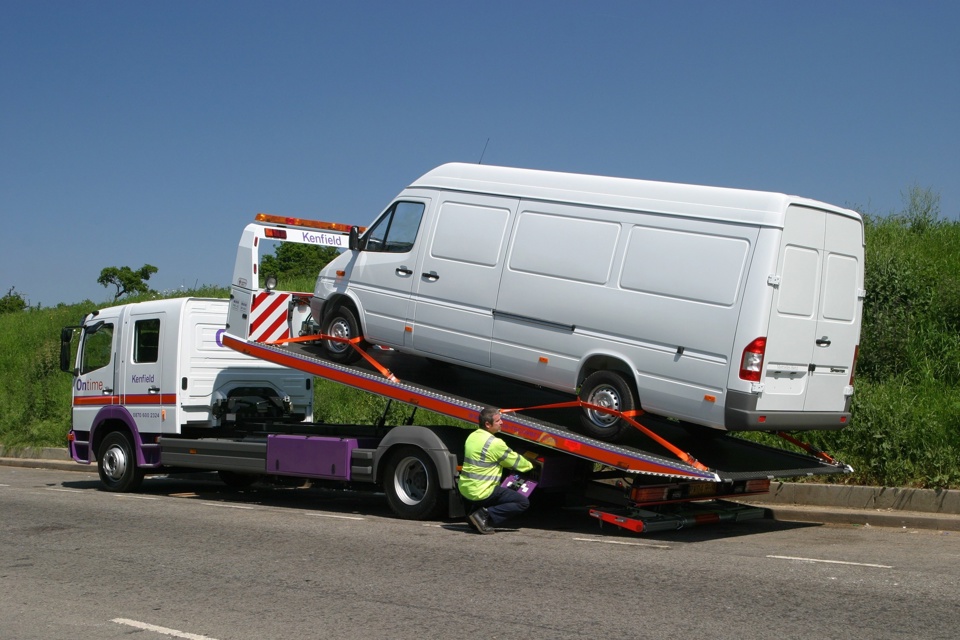By Mark Cartwright, head of LCVs, FTA
Van operating costs are always at the forefront of operators’ thoughts – yet so often we see a key component of cost management neglected. Van operators are becoming more and more switched-on to managing their fuel spend, residual values, etc., but still almost half of respondents to a recent Van Excellence survey admitted they fail to manage their planned and unplanned vehicle off-road (VOR) time. Although still not great, this figure is, at least, an improvement on the feedback received in a similar survey last year, when only a third of respondents measured VOR.
Given that many operators would put the cost of having a vehicle off the road as being in the hundreds, if not thousands, of pounds per day, it is surprising that more operators aren’t taking more positive action to manage their exposure.
In exploring this issue, it is useful to distinguish between planned and unplanned VOR time. Regular servicing, maintenance and duty of care inspections are planned, and time off-road due to breakdown, collisions, or delays in service, maintenance and repair schedules, are unplanned.
Planned VOR time should be a ‘known, known’. Operators of heavy commercial vehicles have long mastered the use of a simple year-planner to manage services, preventative maintenance inspections and VED dates. When looking to minimise the impact of planned events, there are a number of recurring strategies reported.
“We liaise carefully with the lease provider to schedule maintenance out of hours where it will have the least disruption to our business” says Rory Morgan, national logistics general manager at Iron Mountain. “We also look at how we can move vehicles within the fleet to even-out use. By adopting a proactive approach, we’ve reduced our maintenance costs while minimising the disruption of planned VOR and maintaining high safety standards.”
Accidents and breakdowns were identified as the causes of most unplanned disruptions to vehicle availability and, perhaps understandably, they were seen as being more difficult to manage. Delays and hold-ups at dealers and repair agents were a common theme among respondents; something the services provided by Van Excellence Partners LeasePlan’s Uptime and R2C’s services aim to address.
Against that background, it is not surprising that one of the key pieces of advice from major operators is to get to know your maintenance providers and ensure they understand your business.
The old management axiom – “you can’t improve what you don’t measure” – rings very true for those operators better managing their fleet availability. The use of daily VOR reports, and the agreement of KPIs and SLAs with maintenance providers, were common themes amongst some of the larger fleets’ replies.
However, probably the single most effective weapon an operator can use to reduce unplanned VOR is the humble pre-use defect check. Terry Barfield, Chelmsford District Council, confirms: “The number one piece of advice we would give any operator looking to maximise fleet availability is to ensure your drivers carry out pre-use checks.”
A view echoed by David Walton, Transport Manager at Alsford Timber: “It costs us over £150 per day if we have a van off the road due to unforeseen circumstances. We have well-established processes to ensure our drivers inspect their vans each day before use, along with a planned maintenance programme. This, along with driver training, keeps our unplanned VOR to a minimum – and forward planning minimises the impact of planned maintenance.”
Amey goes a step further by requiring maintenance providers to attend site first thing in the morning to rectify any defects found prior to their vans going out to their duties. Julie Davies, compliance manager at Amey explains: “This level of service from our providers, when coupled with effective pre-use inspections, allows us to maximise the availability of our fleet.”
Reducing breakdowns is seen as vital. Timely fleet replacement is important, despite many fleets delaying this. The costs and business disruption must be factored into the decision on when to replace vehicles.
Minimising the operational stress on the vehicle, and ‘engineering out’ potential causes of VOR time, also need to be considered.
Several operators reported benefits with the adoption of automatic transmissions, speed/rev limiters and more easily repairable vehicle specifications.
With so many operators’ workloads being time-critical, there really can be no reason not to do all that is possible to both eliminate unplanned VOR time and reduce the duration of all VOR time.
These views are echoed by Van Excellence Partner LeasePlan. Mark Lovett, head of commercial vehicles, says: “Since the launch of our Uptime product, we’ve seen some very significant improvements in vehicle optimisation with our clients.
“One of our operators, a large utility company, has seen an improvement of over 50% in fleet availability.”
There is a clear common theme around each of the best practice strategies identified, which is again about not being able to improve what isn’t being measured.
VOR costs can be significant. There are ways to better organise your planned VOR periods, as well as clear, proved ways of reducing unplanned.


















Simon Binks - 21/04/2015 08:01
Good Practice is to request & compare the respective Manufacturers "Scheduled Down Time" for the vehicle range of vehicles being considered over the period of use you are looking to operate. Compared with the unscheduled down time you have experienced. Historically some 50% + of downtime was un scheduled this has now improved with both engineering advances and better working practices along with more robust operator licencing requirements on frequency of PMI's etc